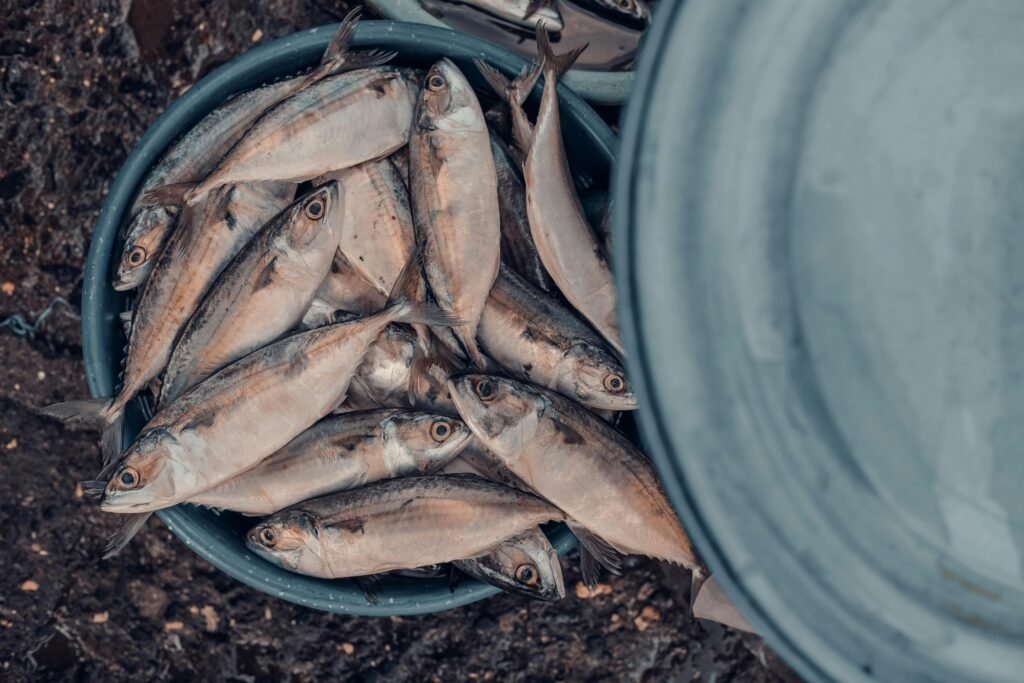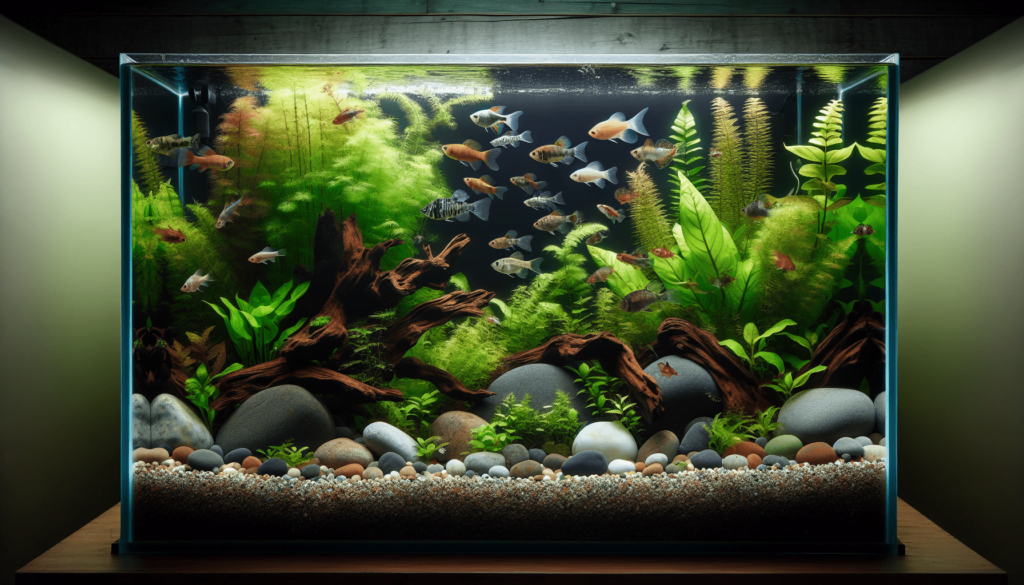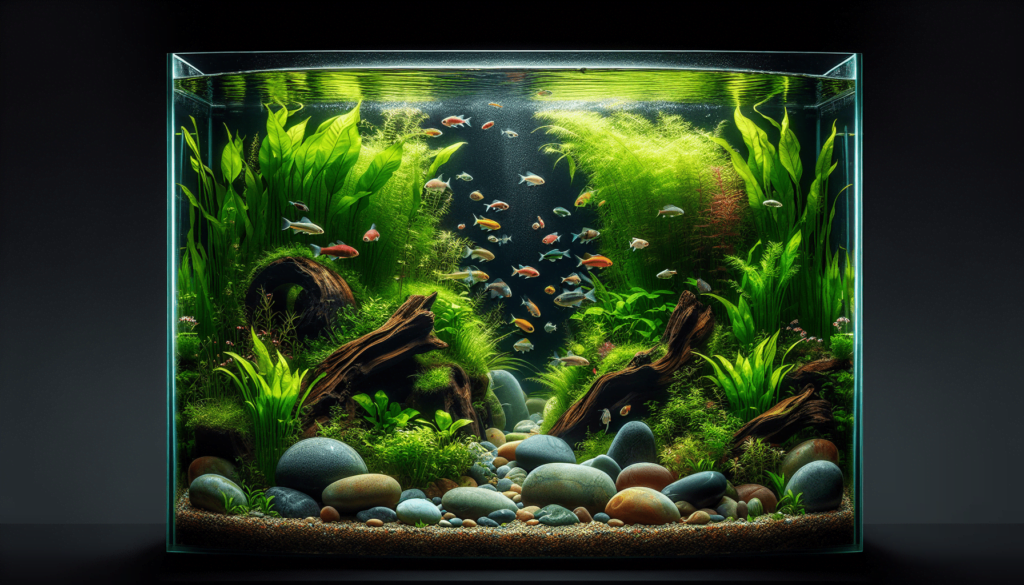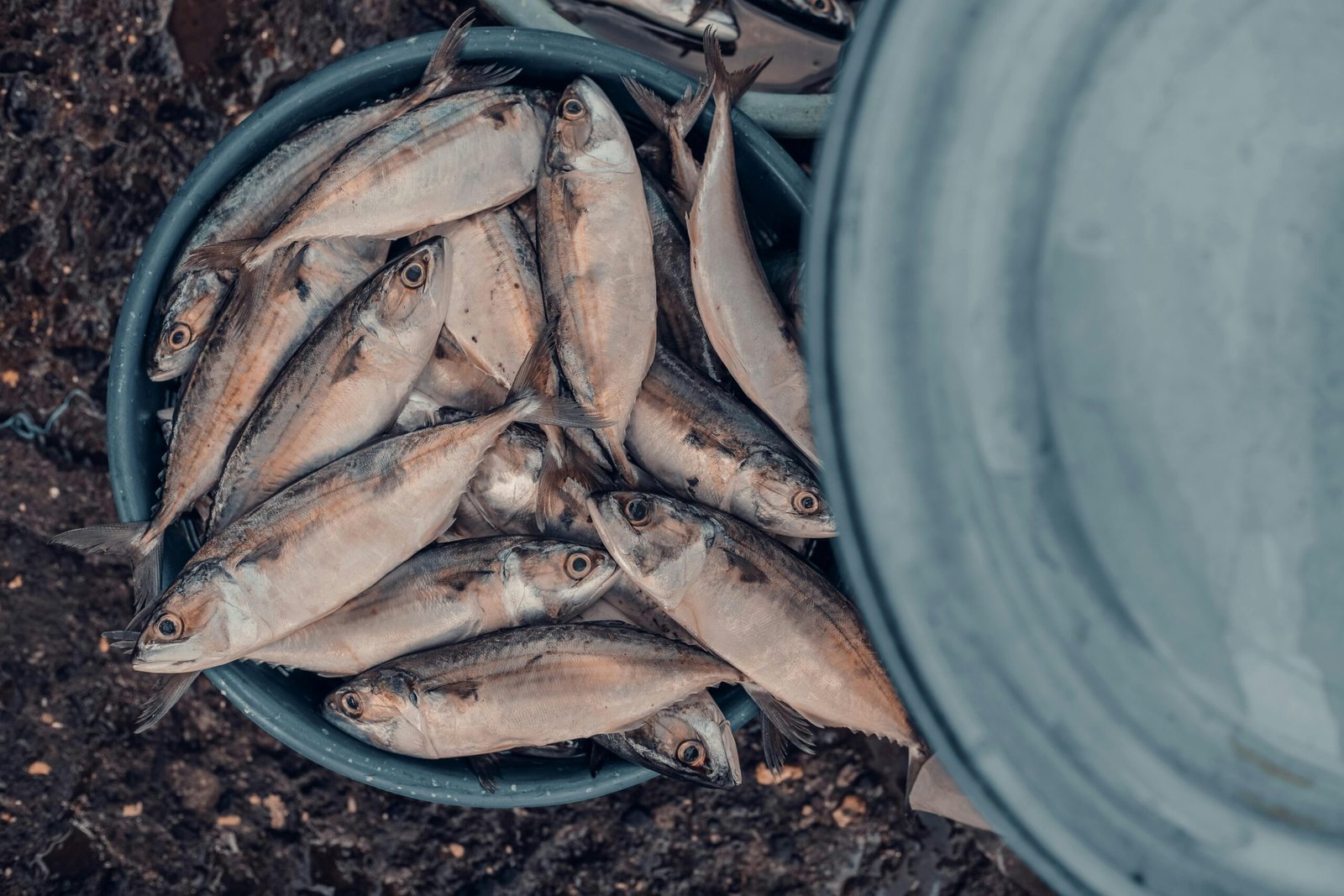Imagine a magical world beneath the water’s surface, where you can create your very own masterpiece! In “Essentials of Aquarium Aquascaping: Crafting Underwater Masterpieces,” you will learn how to turn your fish tank into a stunning underwater landscape, complete with plants, rocks, and even tiny castles. This guide will show you the basics of aquascaping, from its fascinating history to the latest trends, and help you understand how to blend nature and art. Embark on a journey of color, texture, and creativity as you discover the secrets of making your aquarium a beautiful and exciting new home for your fishy friends. Have you ever wondered what it takes to make an aquarium look like a stunning underwater garden? 😍
Essentials of Aquarium Aquascaping: Crafting Underwater Masterpieces
Aquarium aquascaping is like being an underwater artist. Imagine decorating a fish’s home to look like a natural, beautiful landscape. It’s a lot of fun, and you can make some amazing creations that both you and your fish will love.
What is Aquarium Aquascaping?
Aquarium aquascaping is the art of designing and arranging the underwater environment in an aquarium. Just like you set up furniture and decorations in your room, you can arrange plants, rocks, and other items in an aquarium.
Why is Aquarium Aquascaping Important?
Aquascaping is important because it not only makes the aquarium look beautiful but also creates a healthy environment for the fish. It provides places for fish to hide and explore, making them feel like they’re in their natural habitat. 🐠
A Brief History of Aquascaping
People have been decorating aquariums for a long time. The history of aquascaping goes back hundreds of years, especially in countries like Japan, where they have a special style called “Nature Aquarium.”
Historical Techniques and Styles
Over the years, different techniques and styles have developed. Here are some of the most popular ones:
- Nature Aquarium: This style tries to mimic natural landscapes.
- Dutch Style: Focuses on planting lots of colorful plants in a very organized way.
- Iwagumi: Uses mostly rocks to create a peaceful, Zen-like scene.

Current Trends in Aquascaping
Aquascaping is always changing, with new trends appearing all the time. Right now, people are very interested in creating biotopes, which are replicas of specific natural environments, like rivers or lakes.
Popular Plant and Fish Choices
Many people are using plants like Java Moss and Anubias in their aquascapes. Fish like Neon Tetras and Guppies are also very popular because they are colorful and easy to care for.
Key Concepts and Definitions
Before you start aquascaping, it’s good to know some important terms:
Hardscape
The hardscape is all the non-living items in the tank, like rocks and driftwood.
Substrate
The substrate is the material at the bottom of the tank. It can be gravel, sand, or special soil designed for aquariums.
Filtration
Filtration helps keep the water clean and healthy for the fish. There are different types of filters, like sponge filters and canister filters.

Detailed Exploration of Aquascaping
Now, let’s break down aquascaping into smaller parts to make it easier to understand.
Planning Your Aquascape
Before you start, it’s good to have a plan. Think about what kind of scene you want to create. Do you want a forest, a mountain, or a riverbed? Draw a sketch of your idea to help you visualize it.
Choosing Your Hardscape Materials
Pick out rocks, woods, and other decorations that will help you make your scene. Make sure the materials are safe for fish. Some rocks can change the water chemistry, so it’s important to choose wisely.
Selecting Plants and Fish
Choose plants that will grow well in your aquarium’s conditions. Some plants need lots of light, while others do well in low light. Pick fish that will enjoy the environment you create and get along with each other.
Examples of Successful Aquascapes
Example 1: Nature Aquarium Style
A Nature Aquarium might look like a mini forest under water. It uses lots of plants and driftwood to mimic the look of a natural landscape. Takashi Amano, a famous aquascaper, made this style popular.
Example 2: Dutch Style Aquascape
A Dutch aquascape focuses on lots of colorful plants arranged in rows and groups. It’s like an underwater garden and needs regular pruning to stay beautiful. This style is very popular in Europe.

Comparing Different Perspectives
There are many ways to aquascape, and people have different opinions on what’s best. Some think the Nature Aquarium style is best because it looks like real nature. Others prefer the Dutch style for its colorful, orderly look.
Nature Aquarium vs. Dutch Style
| Feature | Nature Aquarium | Dutch Style |
|---|---|---|
| Look | Natural, like a forest | Colorful and orderly like a garden |
| Maintenance | Needs regular trimming and care | Needs frequent pruning |
| Popularity | Popular in Asia | Popular in Europe |
Impact Assessment
Different styles of aquascaping can affect how much time and effort you need to put in. Nature Aquariums require more attention to detail, while Dutch Style aquascapes need regular pruning to keep their shape.
The Balance of Aesthetics and Maintenance
Choosing the right style depends on how much time you can spend on maintenance. If you like a natural look and have time to care for the plants, a Nature Aquarium might be best. If you prefer something more structured and colorful, try the Dutch Style.
Future Directions and Implications
Aquascaping is growing in popularity, and new techniques and technologies are making it easier to create beautiful aquariums.
Predictions for the Future
Here are some predictions for future trends:
- Biotope Aquascapes: More people might start creating aquariums that closely mimic specific natural environments.
- Advanced Technology: Use of automated systems for lighting, CO2 injection, and water changes could become more common.
Implications of These Trends
These trends could make aquascaping accessible to more people. With better technology, even beginners can create stunning aquascapes.
Conclusion
Aquarium aquascaping is a fantastic way to combine creativity with a love for aquatic life. By understanding the basics and exploring different styles, you can create a breathtaking underwater masterpiece.
Recap
We’ve learned that aquascaping involves planning, choosing materials, and regular maintenance. There are different styles, each with its own advantages.
Final Thought
Think about the type of underwater world you want to create. With some imagination and care, you can turn your aquarium into a beautiful home for your fish. 🌊
Engagement
Do you have any questions or want to share your own aquascaping experiences? Feel free to leave a comment below, or share this article with friends who might be interested!
Credible Sources
- Amano, Takashi. Nature Aquarium World. TFH Publications, 1994.
- Garcia, George. The Art of Aquascaping: A Step-by-Step Guide. CreateSpace Independent Publishing Platform, 2018.
- Website: Aquascaping Love
- Website: The Aquascaper
Happy Aquascaping! 🌿



